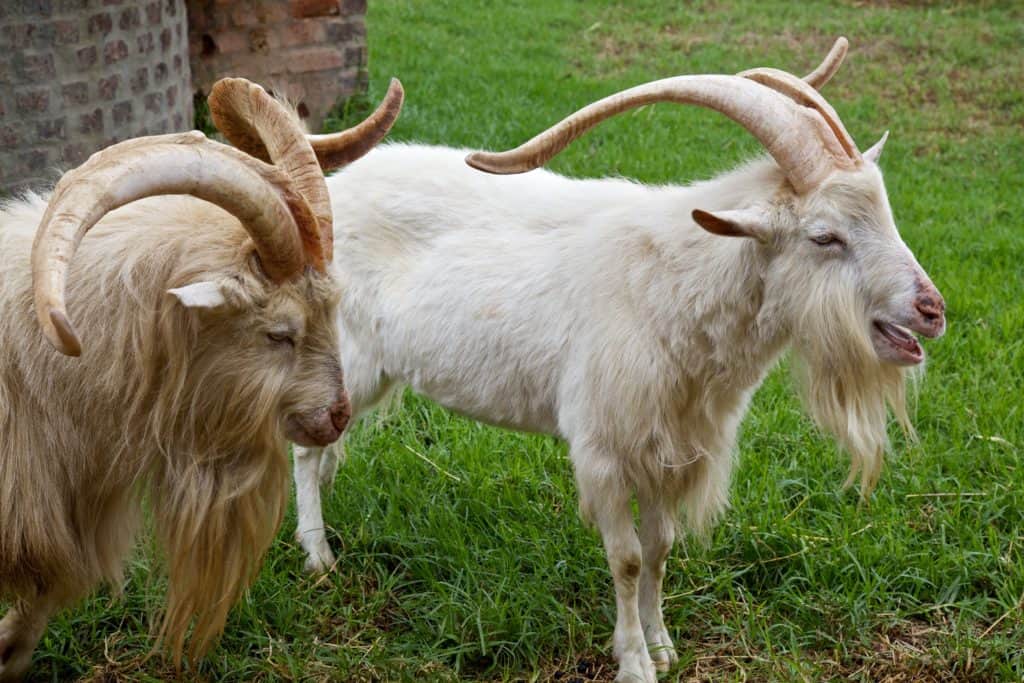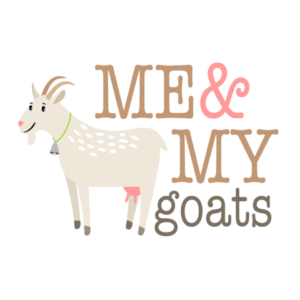
Whether you are a goat breeder, a goat enthusiast, or just curious about hollow-horned mammals, this is the article for you. As with all animals, life begins at birth, and goats have a specific season in which they can be bred.
Typical dairy goats go into heat in the fall months, about August through February, however, some special breeds of goats can breed year-round. The breeding season begins when daylight starts to decrease. During the fall months, female goats go into heat every 18-22 days.
The rest of the article will tell you more about goat breeding and how to tell when your goat is ready to start making kids. Read on to learn more.
Goat breeding season:
While male goats (bucks) can breed during any time of the year, female goats (does) have a certain season where they can breed. Does go into heat, or rather they get sexually excited, during the fall months, typically August/September through January/February.
Some breeds of goats can breed year-round: Nigerians, Boers, Spanish & Fainting, and Pygmies. Your average dairy goat breeds best in the fall.
Goats, unlike dolphins and humans, do not mate simply for fun. Bucks will only mate with a doe if they know that she is ready for him to do so. However, while females go into “heat,” male goats can go into “rut,” where they are ready to mate before the females are. When this happens, they act strangely and will do crazy things to make themselves even smellier for the females. Male goats going into rut can make the females go into heat.

When the does go into heat, it can last anywhere from a few hours to a few days. It is during this time that you should introduce the females to the males to get them to mate. Bucks can begin mating as early as 7 weeks old, and they are not afraid of incest, so make sure to remove the males from the females (even mother and kid) to prevent unwanted breeding.
Females can start breeding after they are about 8 months old, but most breeders prefer to wait until their does are a year old before they start breeding them with bucks. Age doesn’t matter as much as size does; small females have a harder time breeding, so it is best to wait until they are full-grown and have reached about 80 pounds.
After the buck has mated with the doe, the doe will be pregnant for 5 months/150 days. Goats can have litters as big as 5 kids, but usually only have 2 or 3. Twins are quite common in goats.
If you have goats because you want goat milk to make cheese (or even just to drink), then your females will have to give birth before they can lactate. Once they give birth, you can start milking them right away, just make sure not to milk them too frequently so the kids have plenty of milk as well. Once the kids are ready to start eating solid food, you can begin to regularly milk your doe. You can keep milking your doe even if she gets pregnant again, but you should stop after about 3 months to allow her to have 2 months to dry up, rest, and get ready to have her baby.
How can I tell if my goat is ready to breed?
There are many signs female goats will show when they are getting ready to breed.
Female goats will start to become very chatty (or loud), and bleat often to show that they are experiencing pain or that they are hungry. Depending on the doe, they may refuse to eat, or eat more than usual. In an attempt to let the male goats know they are ready to mate, female goats will start to urinate frequently. The vulva typically swells and reddens, and produces discharge.
“Signs of heat can be wagging the tail, mounting other does, letting other does mount her, fighting, clear (wet or dried) mucosal discharge from her vagina, or yelling (bleating) for no reason.”
Source
If you are unsure if your doe is in heat, you can mark on the calendar when you notice the goat acting strangely or if she is showing any of the signs listed above. If the goat starts to show those same signs 18-22 days later, then you know that she is ready to begin breeding. You may also need to introduce a male goat to your female goats if there isn’t already one nearby before the does start to show signs of being in heat.
Watch the video below for a full visual of what to look for when trying to breed your goats. And I do mean full visual, so proceed with caution if you don’t want to watch a real-life example of goat mating.
How do I know if my goat is pregnant?
It may be hard to tell if your goat is pregnant because goats usually look “fat” all of the time. The best way to know for sure if your doe is pregnant is to do an ultrasound or a blood test. You can do an ultrasound 30 days after mating, and you can do a blood test 60 days after mating. There are a few other easier signs you can look for to determine if the breeding did its job.

If your doe is pregnant after mating with a buck, she will not go into heat again. She may have a few symptoms in her next “cycle,” but after that, she will not show signs of being in heat. If you are milking the doe you think may be pregnant, her milk production should decrease. If the doe has never had babies before, then her utters may swell. After the first 3 months, you should be able to see a physical difference in the goat. The belly will get even bigger, she may gain weight, and you will be able to see the babies move inside of the mother’s stomach.
In the end, wait 5 months and you will know for sure!
